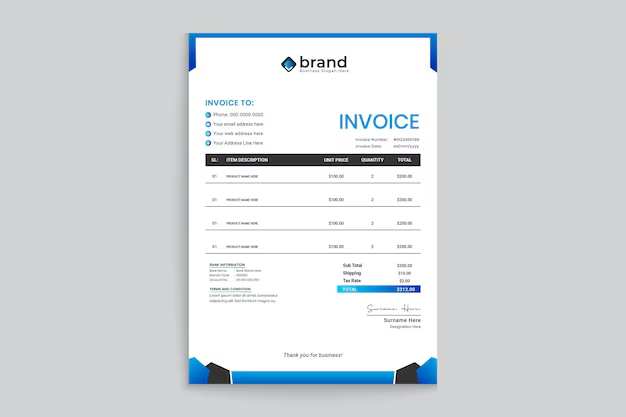Introduction
But without a consistent quotation format, even well-placed quotes can cause confusion or distract from the main message. Proper quotation format helps to organize quotes, making your work appear professional and credible. This guide will help you learn the nuances of quoting accurately and in a style-appropriate manner.
What is Quotation Format?
Quotation format refers to the set of rules and guidelines for incorporating quotes into writing, ensuring clarity and accuracy when presenting other people’s words. Whether you’re writing an academic paper, blog post, or business document, you need to follow a specific format for quoting, based on your chosen style. Common styles include APA, MLA, and Chicago, each with its own rules for placing and formatting quotes, citations, and attributions.
Types of Quotation Formats
- Block Quotes: Typically used for longer quotations (over 40 words), block quotes stand alone, separated from the main text by an indentation or a different font style. They are often single-spaced and italicized, with no quotation marks.
- Inline Quotes: These are short quotations integrated directly into the main text. Inline quotes require quotation marks, and their formatting varies depending on the chosen style.
- Quotation Styles by Format: Different formats have different rules for quoting, such as:
- APA: Focuses on author and date for source credibility.
- MLA: Emphasizes the author and page number.
- Chicago: Uses footnotes or endnotes, especially for historical quotes.
Why Proper Quotation Format Matters
Proper quotation formatting ensures clarity, credibility, and a professional appearance. Correctly formatted quotations make it easy for readers to understand what is original versus cited information. This not only strengthens your argument but also protects you from unintentional plagiarism. Properly presented quotations demonstrate respect for your sources while highlighting key insights.
Elements of a Good Quotation Format
- Accuracy: Always quote verbatim and ensure you attribute the source accurately.
- Source Attribution: Every quote should be attributed correctly, typically with an author’s name and source information.
- Consistent Style: Use a consistent style throughout to maintain clarity. Inconsistencies can disrupt reading and distract the audience.
Using Quotation Format for Different Styles
Here’s a quick overview of three widely-used styles for quotations:
- APA Style: APA requires that you include the author’s last name, the year of publication, and the page number. For example: (Smith, 2020, p. 15). Block quotes are indented and lack quotation marks.
- MLA Style: In MLA format, you place the author’s last name and page number in parentheses, like this: (Smith 15). Longer quotations are offset without quotation marks and indented from the left margin.
- Chicago Style: Chicago style commonly uses footnotes or endnotes for source citations, especially with block quotes. It also allows for considerable flexibility in how quotes are presented.
Quotation Format in Digital Content
Digital writing, including blogs and articles, benefits from easy-to-read quotation formatting. Inline quotes are effective for short statements, while block quotes are ideal for long excerpts or key insights. In digital formats, it’s essential to balance the visibility of quotations with the readability of the entire article. Quotes should add value without distracting from your main points.
How to Format Long Quotes
When formatting block quotes:
- Indent the Text: Block quotes are indented by about half an inch from the left margin.
- Omit Quotation Marks: For longer quotes, avoid using quotation marks.
- Single-Spaced Text: Most styles prefer single-spacing for block quotes.
- Attribution: Place the citation at the end, typically after punctuation.
Formatting Short Quotes in Text
For shorter quotes, use double quotation marks. The citation style determines where to place punctuation:
- APA Style: Periods and commas appear after in-text citations.
- MLA Style: Periods go before in-text citations, but commas stay within quotation marks.
Common Mistakes in Quotation Formatting
Several common errors arise with quotation formatting, including:
- Incorrect Citation Placement: Always place citations based on your selected style.
- Missing or Inconsistent Attributions: Ensure every quote has a clear attribution.
- Overuse of Quotes: Excessive quoting can overshadow your original ideas.
Tools for Formatting Quotations
To make formatting easier, several tools can assist with quotations and citations:
- Grammarly: Helps correct punctuation errors around quotes.
- Citation Generators: Websites like EasyBib or Citation Machine simplify creating citations in various formats.
- Writing Tools: Tools like Microsoft Word and Google Docs offer features for managing citations and quotations.
Tips for Writing with Quotations
When using quotations:
- Balance quotations with original ideas.
- Ensure quotations add value to your content.
- Use quotes from credible sources to strengthen your argument.
Maintaining Consistency in Quotation Formats
Consistency is critical for professional-looking content. Always use a consistent format, style, and citation approach throughout your writing. For example, avoid mixing MLA and APA styles in the same document.
FAQs on Quotation Format
- What is the most commonly used quotation format?
- MLA, APA, and Chicago styles are the most widely used formats.
- How do I know when to use a block quote?
- Generally, block quotes are used for quotes longer than 40 words (APA) or four lines (MLA).
- Can I modify a quote for grammar?
- Minor adjustments are allowed but should be noted with brackets or ellipses.
- Is it necessary to cite every quote?
- Yes, every quote needs proper attribution to avoid plagiarism.
- What tools can help with citation formatting?
- Tools like EasyBib, Grammarly, and academic databases assist in accurate formatting.
- How should I format online quotes?
- Digital content generally follows a flexible style but retains key elements like clear attributions and a consistent format.
Conclusion
Mastering quotation format not only enhances the readability of your work but also establishes credibility and respects the intellectual property of your sources. By following these guidelines and using style-specific formatting rules, you can use quotations effectively to support your arguments and add depth to your writing.









